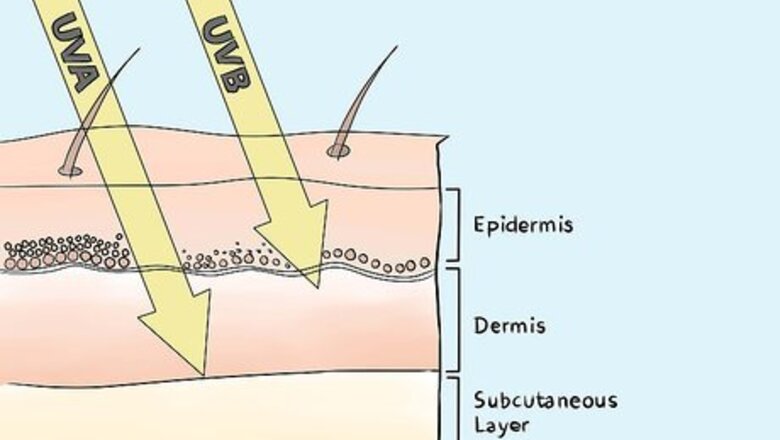
views
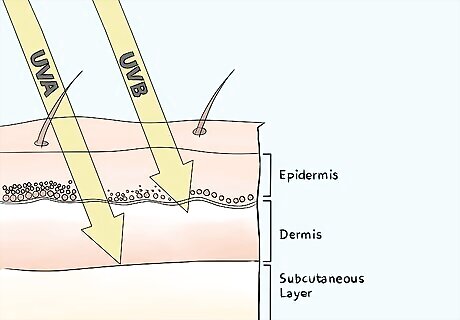
Understand how indoor tanning beds work. The natural sun emits 95 percent UV-A and 5 percent UV-B rays at noon during the summer months. Most indoor tanning beds also emit 95 percent UV-A and 5 percent UV-B rays, similar to the exposure of the summer sun. Comprehend how the indoor tanning equipment tans your skin. The skin's epidermis, or top layer, contains melanocytes, which are cells that produce melanin when stimulated with ultraviolet light. When you sit under a tanning bed or in a tanning booth, the lamps stimulate the melanocytes to produce melanin, which appears as a dark pigment on the epidermis. The melanin is produced by your body as a way to protect you from further sun exposure. The longer the exposure to the tanning equipment's UV rays, the more melanin that is stimulated.

Determine your skin type. Most professionals at indoor tanning facilities can help you determine your skin type. Skin types range from Type 1, which is very light skin that burns immediately, to Type 5, which is dark skin that tans easily. Your skin type will help you determine how long and how frequently to tan indoors.

Set a tanning schedule recommended for your skin type. Indoor tanning professionals will recommend a tanning schedule using incremental exposure times. These exposure times should be based on your skin type and will help your skin develop a tan gradually without burning. For most skin types, a few indoor tanning sessions will be required for your skin to oxidize the melanin and result in darker skin. Start slowly and gradually increase your indoor tanning exposure over time. Some indoor tanning facilities start all new customers off with 5-minute tanning sessions and gradually increase to 12-minute (or longer) sessions. Because indoor tanning lamps differ in UV strength and output, there is no formula for comparing indoor and outdoor exposure times. Consult the facility's staff to help you determine optimum exposure times. Wait at least 48 hours between tanning sessions to avoid skin damage. Daily UV exposure can cause skin damage. However, if you wait too long between indoor tanning sessions, your tan may start to fade. Most indoor tanning professionals recommend 3 indoor tanning sessions a week until a tan is developed, and then 2 each week after that to maintain the tan. US Food and Drug Administration (FDA) regulations prohibit more than 1 indoor tanning sessions in a single day. Avoid overexposure. You can tell if you have gotten too much UV exposure if your skin starts to sting while tanning. Stop tanning as soon as you feel any prickling or stinging sensations on your skin.
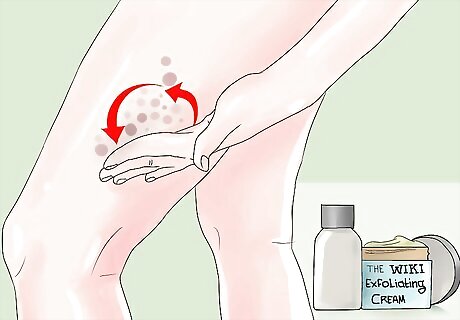
Prepare your skin for indoor tanning. Exfoliate your skin daily for 1 week before your first indoor tanning session. Using a body pouf with gentle soap, scrub the skin in a circular motion. You also may use a commercial exfoliating kit, available at most beauty outlets and drug stores. When you exfoliate, you are removing dead skin and creating a smooth surface for tanning. Apply an indoor tanning lotion. Lotions designed specifically for indoor tanning will maximize your tanning efforts. Apply the lotion in circular strokes all over your body for even coverage. Do not use outdoor tanning lotions, which can damage indoor tanning beds.
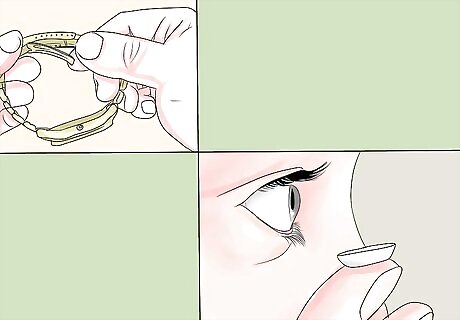
Determine what to wear during tanning. What garments you wear during tanning is personal preference. Some people prefer to wear bathing suits or undergarments, while others choose to wear no clothing. Check with the professionals at your tanning facility to determine if there are any clothing requirements for tanning bed use. Remove all jewelry before tanning. If you wear a watch or other jewelry, you will have white spots where the jewelry rested against your skin. For an even tan, remove all jewelry before indoor tanning. Remove eyeglasses and contact lenses prior to tanning. The heat generated from the tanning bed can damage contact and eyeglass lenses.
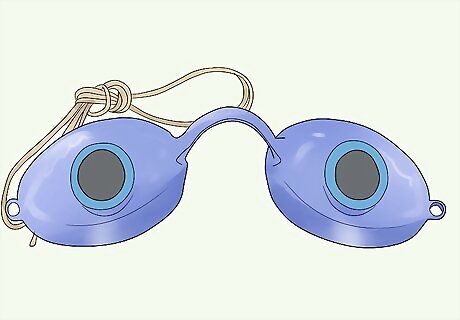
Protect your eyes from UV rays. The U.S. FDA requires eye protection while utilizing an indoor tanning device. Most indoor tanning facilities provide eye protection free of charge, and all require that customers wear eye protection while tanning. Avoid looking at UV rays from the tanning equipment. Repeated exposure to indoor tanning UV rays could cause night blindness, retinal ulcers, and blindness.
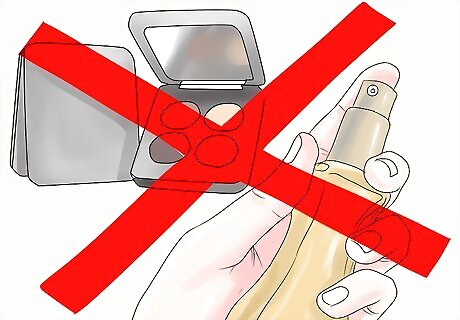
Avoid cosmetics and perfumes while tanning. Many cosmetics and perfumes contain ingredients that make you sensitive to light. These photosensitive ingredients could result in rashes, blotching, burning sensations or uneven tanning. Wash off all cosmetics and perfumes before tanning.

Make small adjustments in your body position while you tan. Don't lay completely still in a tanning bed, but move your arms and legs slightly to maximize exposure to all parts of your body. Do not rest your chin against your chest while you are reclining. This will result in a white spot under your neck because your chin blocked the UV rays. For an even tan, lay your head back, allowing exposure to all parts of your face and neck.
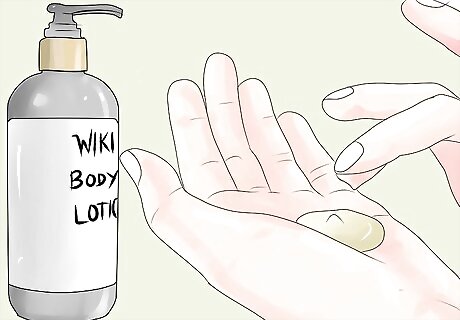
Moisturize after an indoor tanning session. Skin that is moisturized will retain a tan longer than dry skin. Apply a body lotion immediately after each indoor tanning session, and moisturize after every shower or bath. Choose a lotion based on your skin type. Select a deep-penetrating lotion for dry skin and a lightweight lotion for normal to oily skin.

Avoid showering immediately after a tanning session. Wait for at least 3 or 4 hours after tanning to allow the skin's melanin to become fully stimulated.
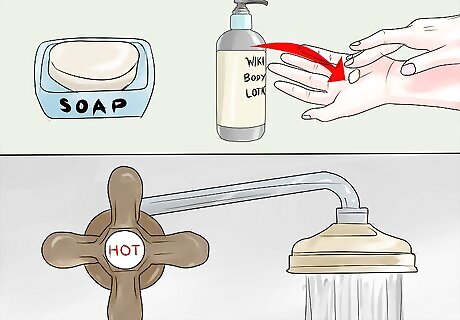
Avoid items that can cause a tan to fade. Every 30 days, the skin sheds its epidermis, which means your tanned skin fades naturally every 30 days. Hot water, indoor heating, and harsh soaps increase the fading process. Keep a tan from fading by moisturizing the skin every day, using mild cleansing products, showering in warm water and increasing your daily water intake.















Comments
0 comment